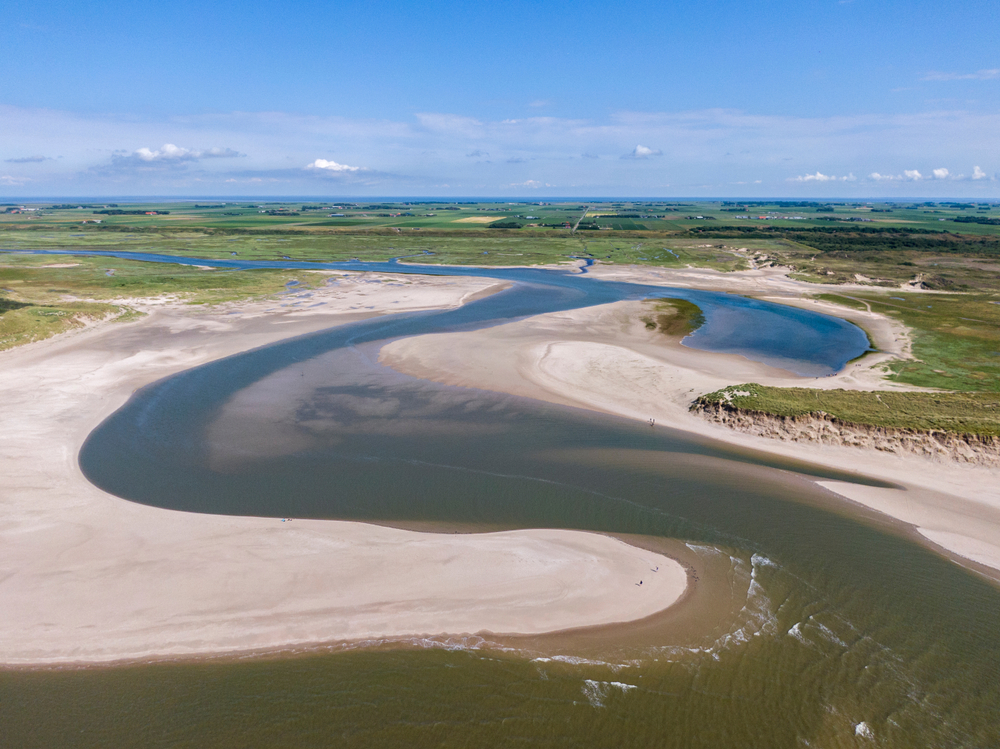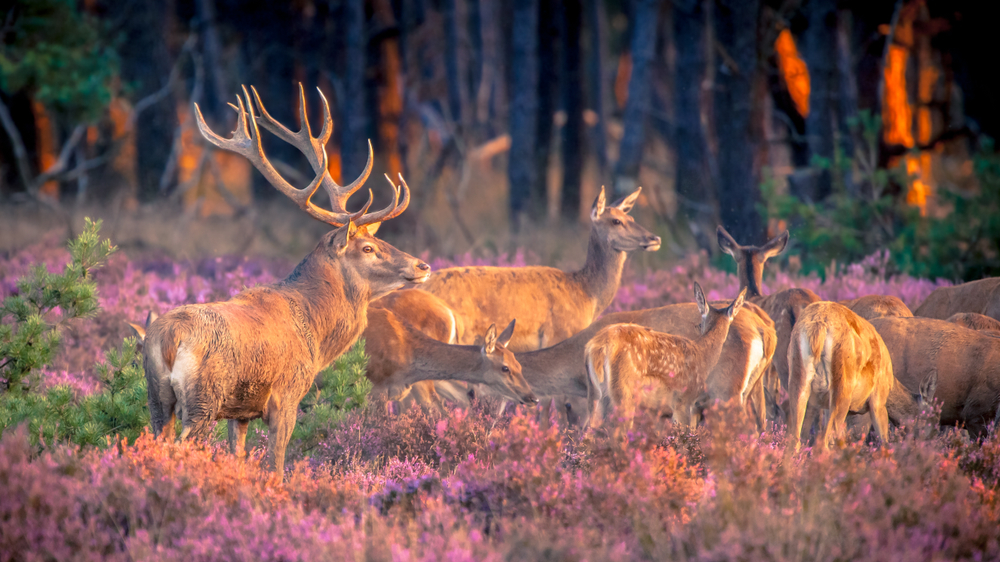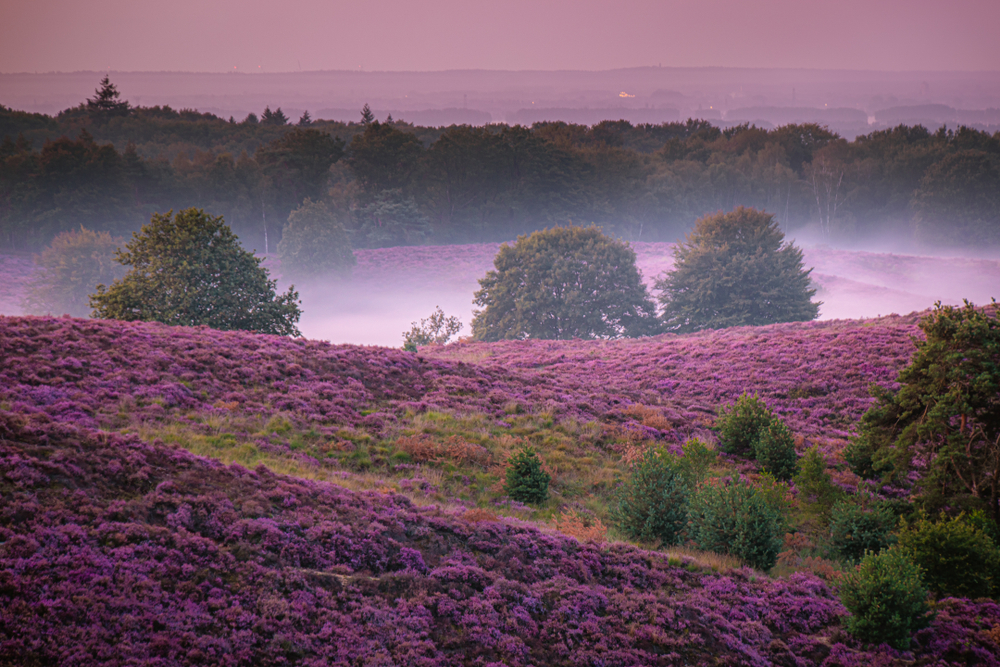De Alde Feanen Overview
De Alde Feanen National Park, known in Frisian as “De Âlde Feanen,” is a striking wetland reserve located in the northern Netherlands, within the province of Friesland.
Covering an area of approximately 16 square miles (41 square kilometers), the park is a dynamic landscape of lakes, reed beds, peat bogs, and lowland forests, making it a vital habitat for a rich variety of flora and fauna.
The park is nestled near the village of Earnewâld (Eernewoude) and is part of the larger Natura 2000 network, which highlights its ecological significance in Europe.
The landscape of De Alde Feanen is defined by its extensive network of waterways, former peat extraction areas, and meadows that create a diverse and ever-changing environment. The area has been shaped over centuries by both natural processes and human intervention, particularly peat cutting, which has left behind numerous shallow lakes and channels.
The wetlands are interspersed with patches of marshland, forested areas, and floating vegetation, providing a mosaic of habitats that support a wide array of wildlife. Notable features include the large open waters such as It Wiid and smaller secluded reed beds that provide shelter for rare bird species. The park’s characteristic peat bogs are also home to specialized plant species, including carnivorous plants such as sundews and the rare marsh cinquefoil.
Wildlife thrives in De Alde Feanen, making it a paradise for bird watchers and nature enthusiasts. The park is home to over 100 species of breeding birds and serves as a crucial stopover for migratory birds. One of its most iconic species is the white-tailed eagle, a majestic raptor that has successfully returned to the area in recent years.
Other notable birds include the Eurasian bittern, purple heron, great egret, and the rare black tern. Waterfowl such as greylag geese, tufted ducks, and great crested grebes are commonly seen on the lakes.
The park is also home to a variety of mammals, including the elusive otter, which has been successfully reintroduced and now thrives in the waterways. Roe deer and European polecats are among the terrestrial mammals that roam the marshy and forested regions, while amphibians such as the moor frog and grass snake find refuge in the park’s moist habitats.
Visitors to De Alde Feanen can engage with the park in multiple ways, making it an ideal destination for outdoor recreation and nature observation. Boating and canoeing are among the most popular activities, as the park’s extensive network of waterways allows visitors to explore its beauty from a unique perspective.
Cycling and hiking trails wind through different landscapes, offering opportunities to spot wildlife and appreciate the serene environment. Birdwatching is a major attraction, with designated observation points providing excellent vantage spots for spotting rare and migratory species.
The visitor center in Earnewâld offers educational exhibits, guided excursions, and boat rentals, helping guests learn more about the park’s natural and cultural history.
Conservation efforts in De Alde Feanen have been focused on habitat restoration, water quality improvement, and species protection. The successful reintroduction of the otter stands as a testament to these efforts, as the species has thrived thanks to improved water management and reduced pollution.
However, challenges remain, particularly concerning water management in a region with competing agricultural and recreational interests. Efforts to balance human activity with ecological preservation continue to be a key priority for park management.













































































